Home>Ideas and Tips>Maintaining St. Augustine Grass In Coastal Areas
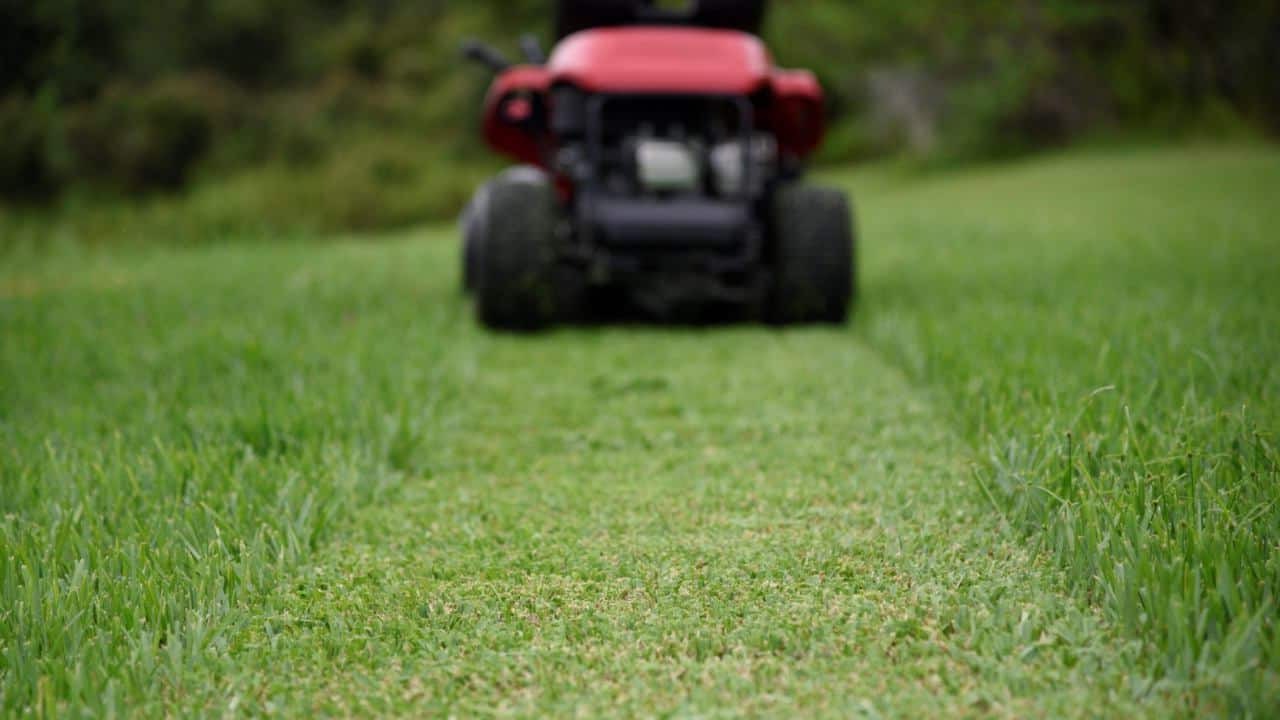

Ideas and Tips
Maintaining St. Augustine Grass In Coastal Areas
Published: October 28, 2024
Learn how to maintain St. Augustine grass in coastal areas with tips on watering, mowing, fertilization, and pest control for a lush, healthy lawn.
(Many of the links in this article redirect to a specific reviewed product. Your purchase of these products through affiliate links helps to generate commission for Storables.com, at no extra cost. Learn more)
Maintaining St. Augustine grass in coastal areas can be a bit tricky, but it’s totally doable with the right know-how. This type of grass is a favorite in coastal regions because it can handle salty air and sandy soil. But to keep it looking lush and green, you’ve got to pay attention to watering, mowing, fertilizing, and keeping pests at bay. Let’s dive into the nitty-gritty of how to keep your St. Augustine grass thriving by the coast.
Understanding St. Augustine Grass
St. Augustine grass is a warm-season turfgrass that loves the sun but can also handle some shade. It’s a fast grower and pretty easy to spread using sod or plugs. This grass is perfect for coastal areas because it’s tough against salt and can grow in sandy soil. Knowing these traits helps you understand why it’s a good fit for your lawn and how to take care of it.
Read more: What Kind Of Grass Is St. Augustine
Planting St. Augustine Grass
When planting St. Augustine grass, you’ve got to do it right. Unlike Bermuda grass, which you can grow from seed, St. Augustine grass needs to be planted using sod or plugs. Here’s how to do it:
- Clear the Area: Get rid of weeds, dead grass, and any debris from the spot where you’ll plant.
- Prepare the Soil: Use a tiller or rake to loosen up the soil a bit.
- Water the Soil: Give the soil a light watering before laying down the sod or planting the plugs.
- Lay Down Sod or Plugs: Space the pieces about 1 to 2 feet apart and water them well to help them spread quickly.
- Keep Watering: Keep the soil moist by watering regularly until the grass takes root and starts growing.
Watering St. Augustine Grass
Watering is super important for keeping St. Augustine grass healthy, especially in coastal areas where the soil can be a bit challenging. Here are some tips:
- Consistent Moisture: This grass needs consistent moisture but not too much or too little.
- Deep but Infrequent Watering: Once it’s established, water deeply but not too often. If the grass looks bluish, it’s time to water.
- Soil Type Matters: Sandy and clay soils hold water differently. Clay takes longer to absorb water, so you might need to water in stages.
- Watering Schedule: If it’s not raining enough, water your lawn twice a week. It’s better to water less often but for longer periods.
Mowing St. Augustine Grass
Mowing is key to keeping your St. Augustine lawn looking good. Here’s what you need to know:
- Mowing Height: Keep the grass between 2.5 and 3 inches tall. Cutting it too short invites weeds and disease.
- Mowing Frequency: Start mowing once the grass turns green in spring and reaches about 3 inches.
- Don’t Mow Too Infrequently: If you don’t mow regularly, the grass will flop over and get unhealthy. Aim for a height of 2 to 2.5 inches.
- Sharp Blades: Keep your mower blades sharp to avoid tearing the grass. Dull blades can cause thatch buildup and other problems.
Fertilization
Fertilizing your St. Augustine lawn is crucial for its growth and health. Here’s how to do it:
- Fertilizer Schedule: Fertilize regularly, about three times between May and August.
- Nitrogen Content: In early May, after the lawn is fully green, apply ½ to 1 pound of nitrogen per 1,000 square feet. Repeat in June or July with a high-potassium fertilizer like 15-0-15.
- Phosphorus Application: If the grass looks yellow, it might need phosphorus. Only apply it if a soil test shows a deficiency.
- Fertilizer Amounts: To figure out how much fertilizer you need, divide 100 by the first number on the bag (the nitrogen content). For example, if it’s 10-10-10 fertilizer, you’ll need 10 pounds for every 1,000 square feet.
Read more: How To Fertilize St. Augustine Grass
Thatch Removal
Thatch is the layer of organic material between the soil and your grass. While some thatch is normal, too much can cause problems. Here’s how to deal with it:
- Timing: The best time to remove thatch is in late spring or early summer when the grass is growing.
- Vertical Mowing: If the thatch layer is more than ½-inch thick, consider vertical mowing or "verticutting" in early spring to midsummer.
Aeration
Aeration helps relieve compacted soil, which can happen from heavy rain, parked cars, or lots of foot traffic. Here’s how to aerate your lawn:
- Timing: Aerate in early summer when the grass is growing fast.
- Frequency: Clay soils need annual aeration, while sandy soils only need it every two to three years.
Pest Control
St. Augustine lawns can attract pests like white grubs, chinch bugs, and ants. Here’s how to keep them under control:
- White Grubs: These pests might be active, but spring treatments aren’t effective. Note where they are and plan to treat them in spring or early summer.
- Chinch Bugs: These bugs cause leaves to wilt and turn brown. Yellow spots often mean chinch bugs are around. Use postemergence herbicides to control them.
- Ants: Mowing regularly helps chase off ants and other pests by changing their habitat.
Weed Control
Weeds steal nutrients and water from your grass. Here’s how to keep them in check:
- Pre-emergent Herbicides: Use these before weeds develop to stop them from growing.
- Post-emergent Herbicides: Apply these to control broadleaf weeds as needed. Be careful with St. Augustine grass, as it’s sensitive to some herbicides.
Read more: When To Plant St.Augustine Grass
Disease Control
St. Augustine grass can get diseases, especially from fungi. Here’s how to prevent and treat them:
- Fungal Diseases: Prevent these by ensuring good drainage and not overwatering. If they do show up, treat them with fungicides.
- Regular Maintenance: Proper mowing, watering, fertilizing, and pest control can help prevent diseases.
Yearly Maintenance Schedule
To keep your St. Augustine grass healthy all year, follow this schedule:
- End of Winter: Fertilize as soon as the grass greens up after winter.
- Spring: Water lightly and often to keep the soil moist.
- Summer: Fertilize every six to eight weeks until fall.
- Fall: Reduce watering but don’t let the lawn go dormant from drought.
- Winter: Don’t fertilize or lime. Water occasionally to prevent dehydration.
Additional Tips
- Avoid Overwatering: Too much water can weaken the grass and cause fungal diseases. Keep an eye on moisture levels and adjust as needed.
- Mow Regularly: Mowing too infrequently can cause thatch buildup and other problems.
- Keep Mower Blades Sharp: Sharp blades are essential for healthy grass. Dull blades tear the grass and invite weeds and diseases.
- Consider Hiring Help: If you can’t mow regularly, think about hiring a local lawn care service.
By following these tips, you can keep your St. Augustine grass looking great in coastal areas. Pay attention to your lawn’s needs based on soil type, weather, and pests to give it the best care possible.
Was this page helpful?
At Storables.com, we guarantee accurate and reliable information. Our content, validated by Expert Board Contributors, is crafted following stringent Editorial Policies. We're committed to providing you with well-researched, expert-backed insights for all your informational needs.
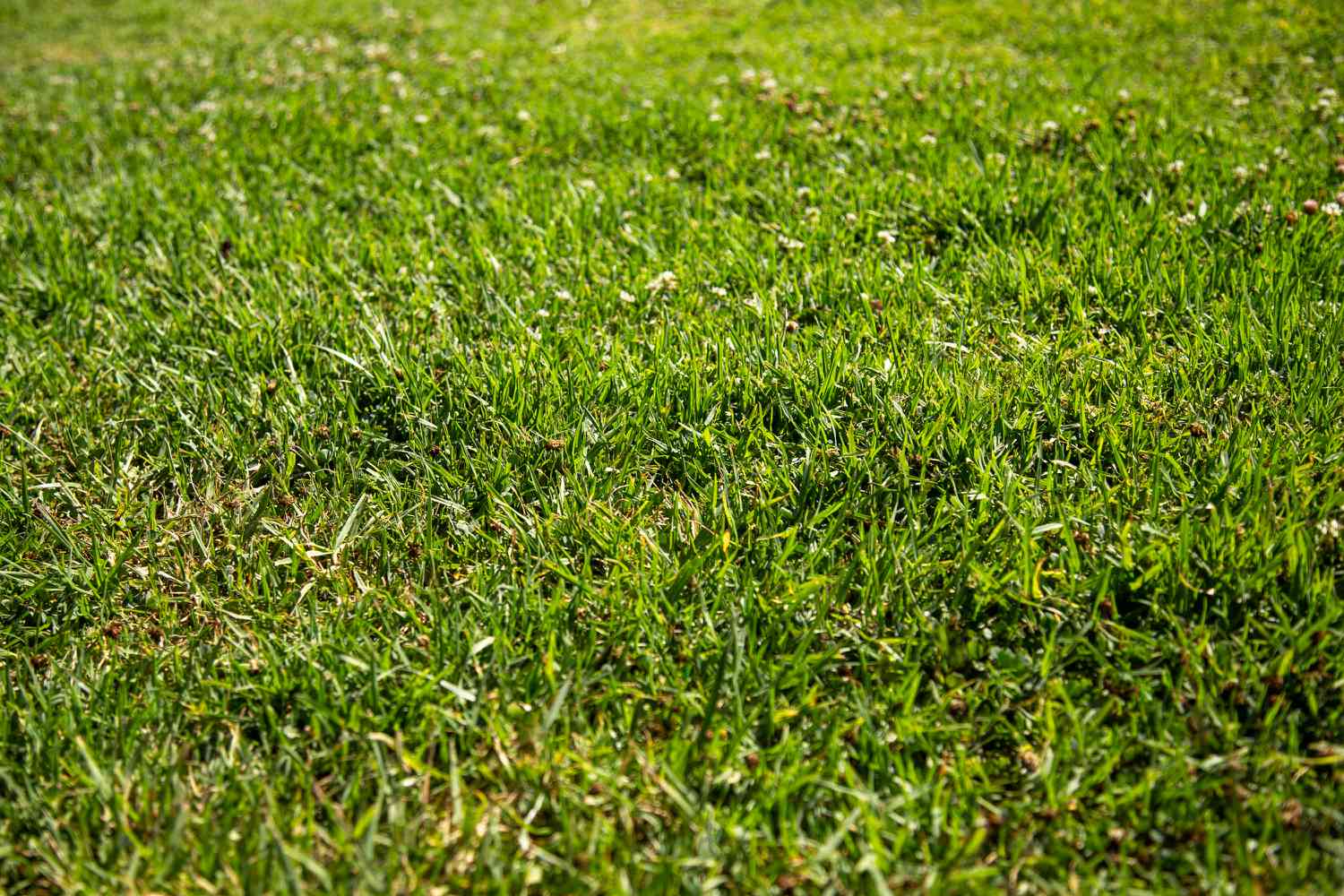
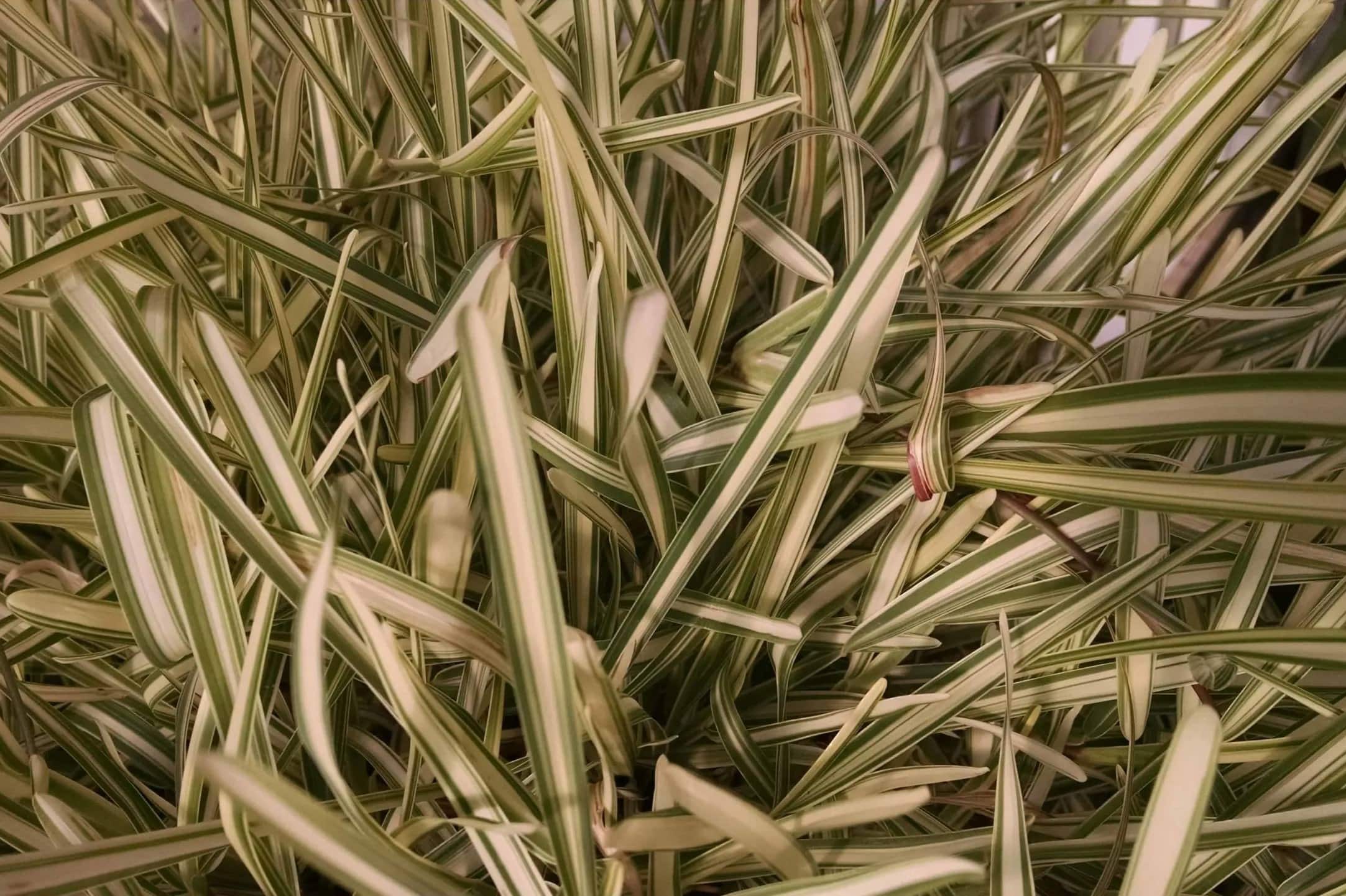
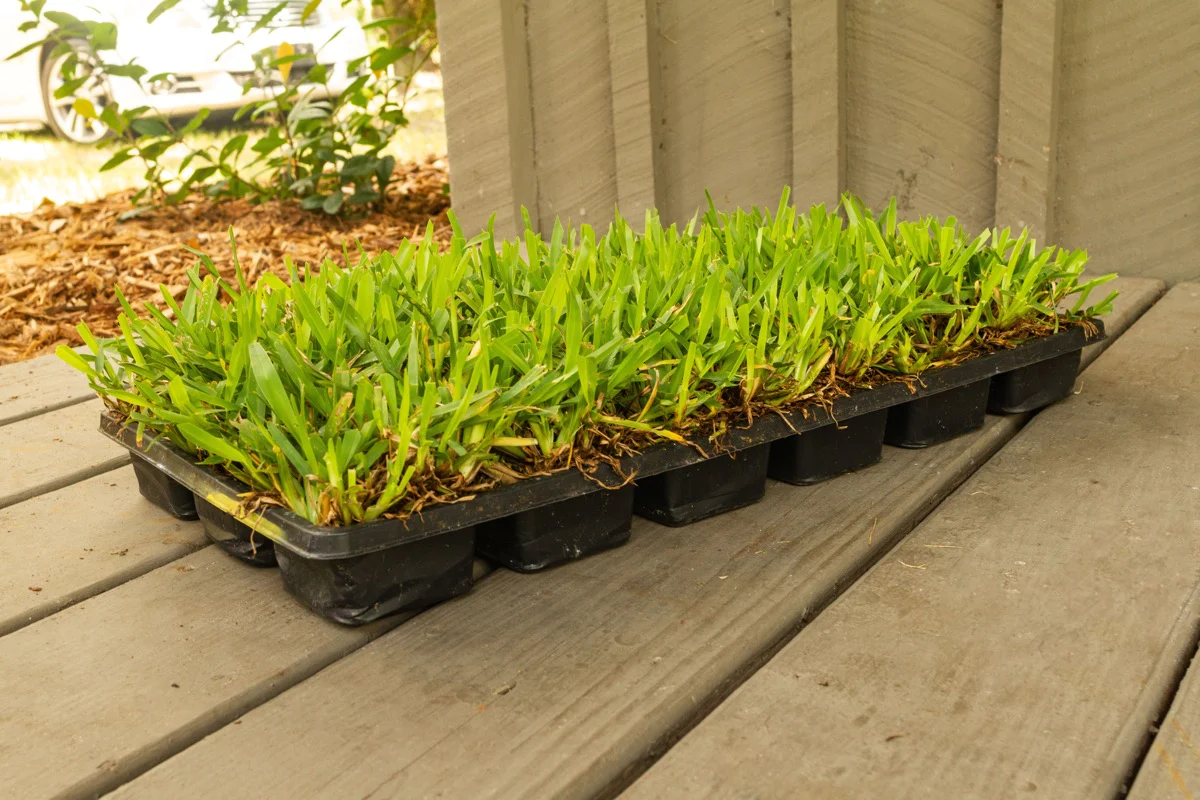
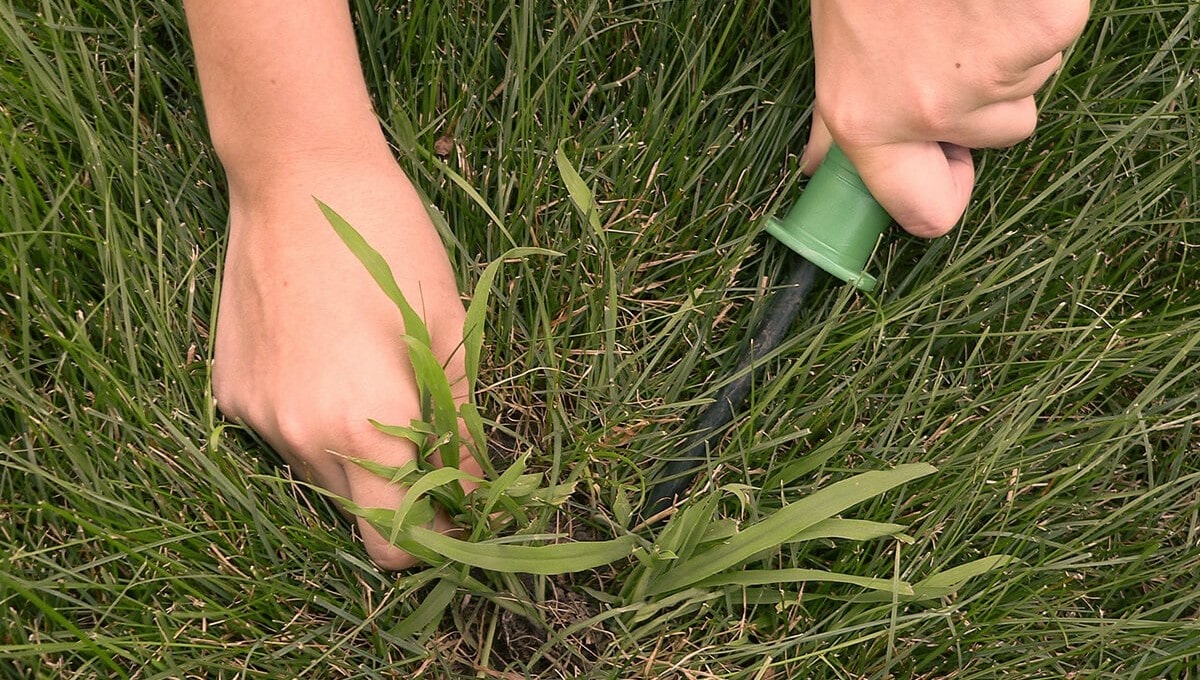
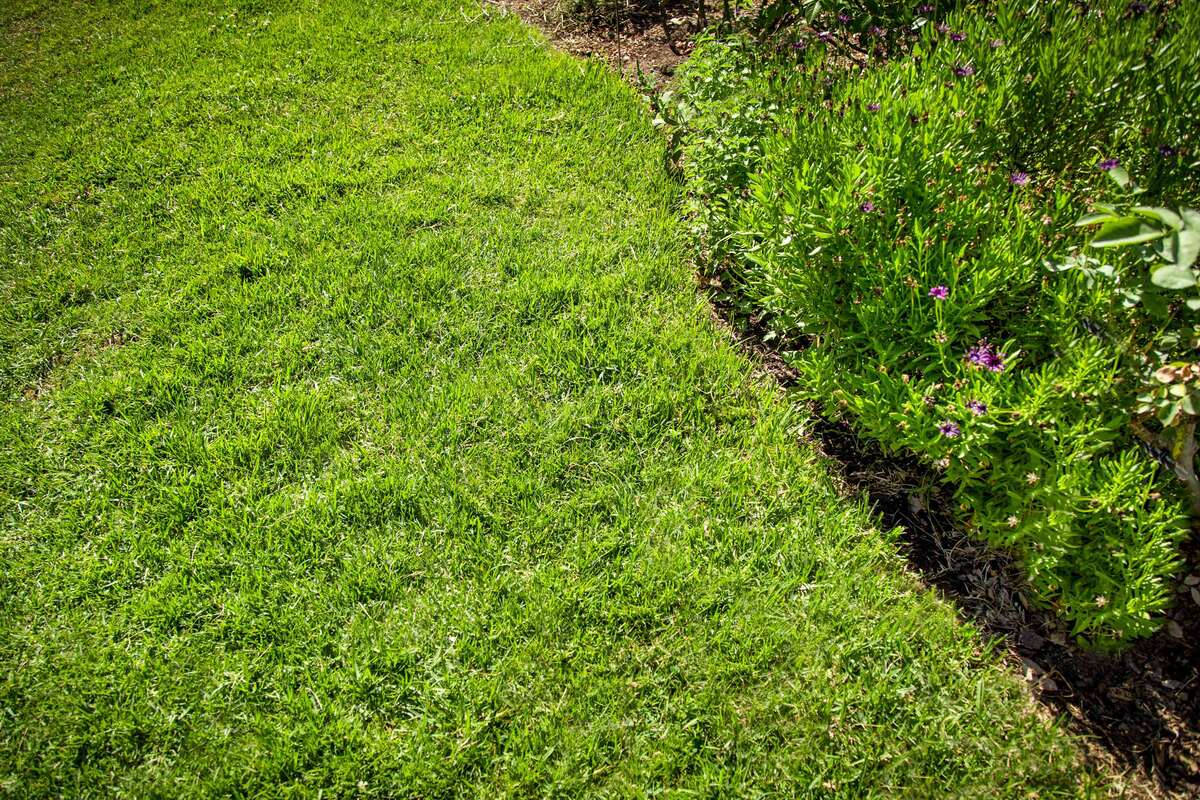
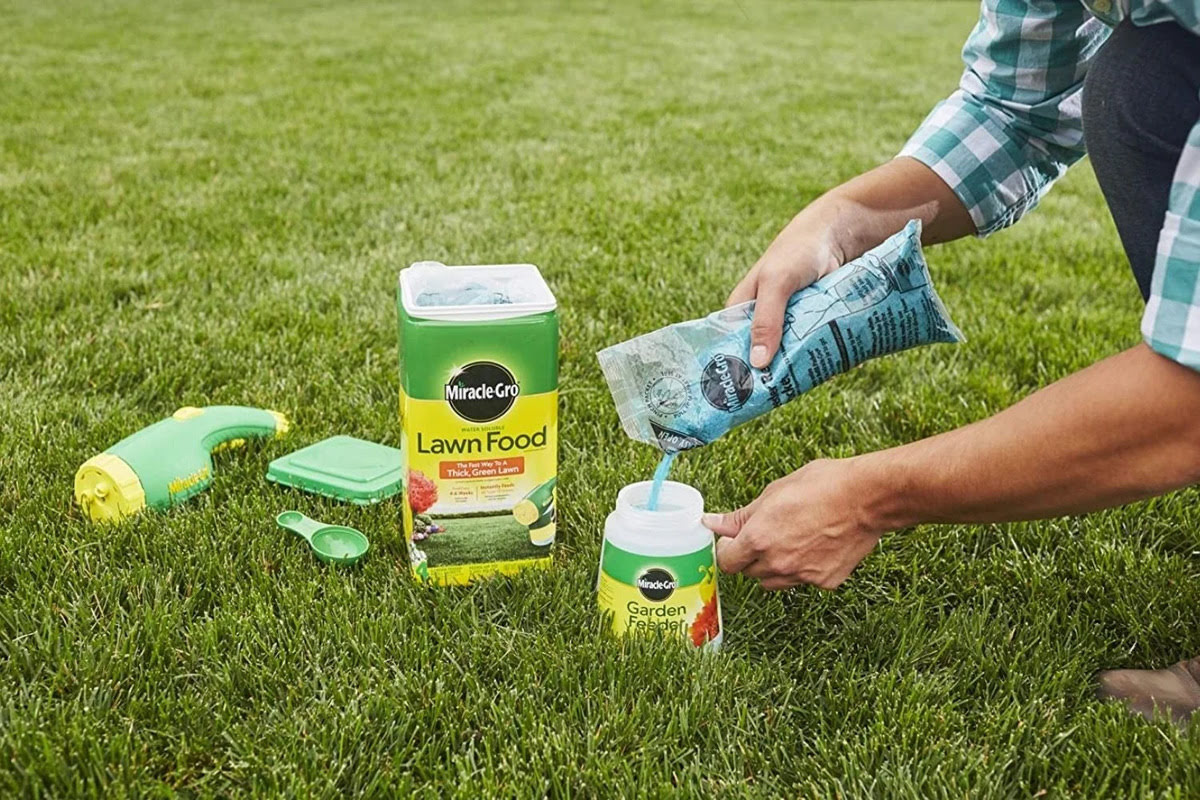
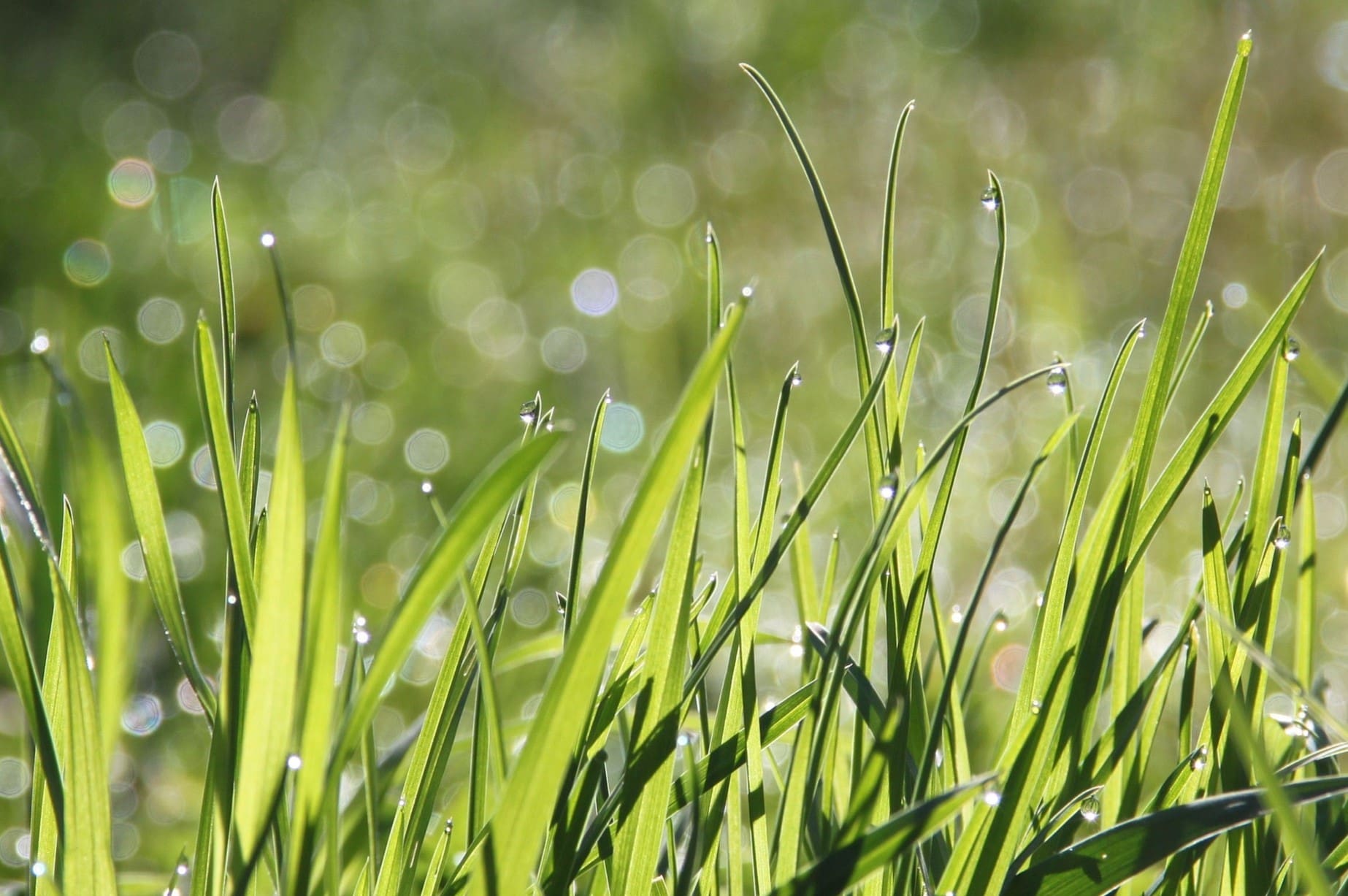
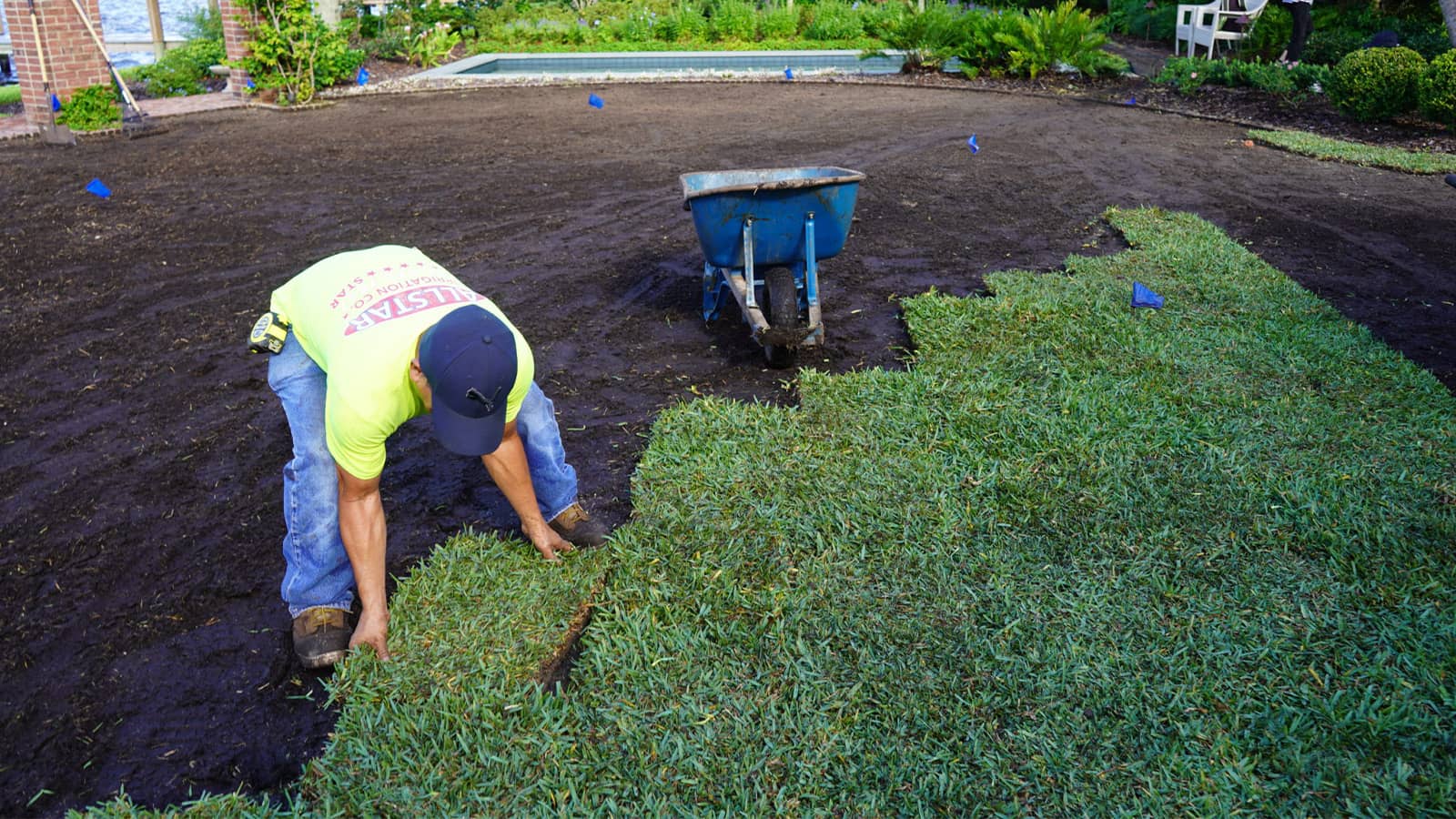
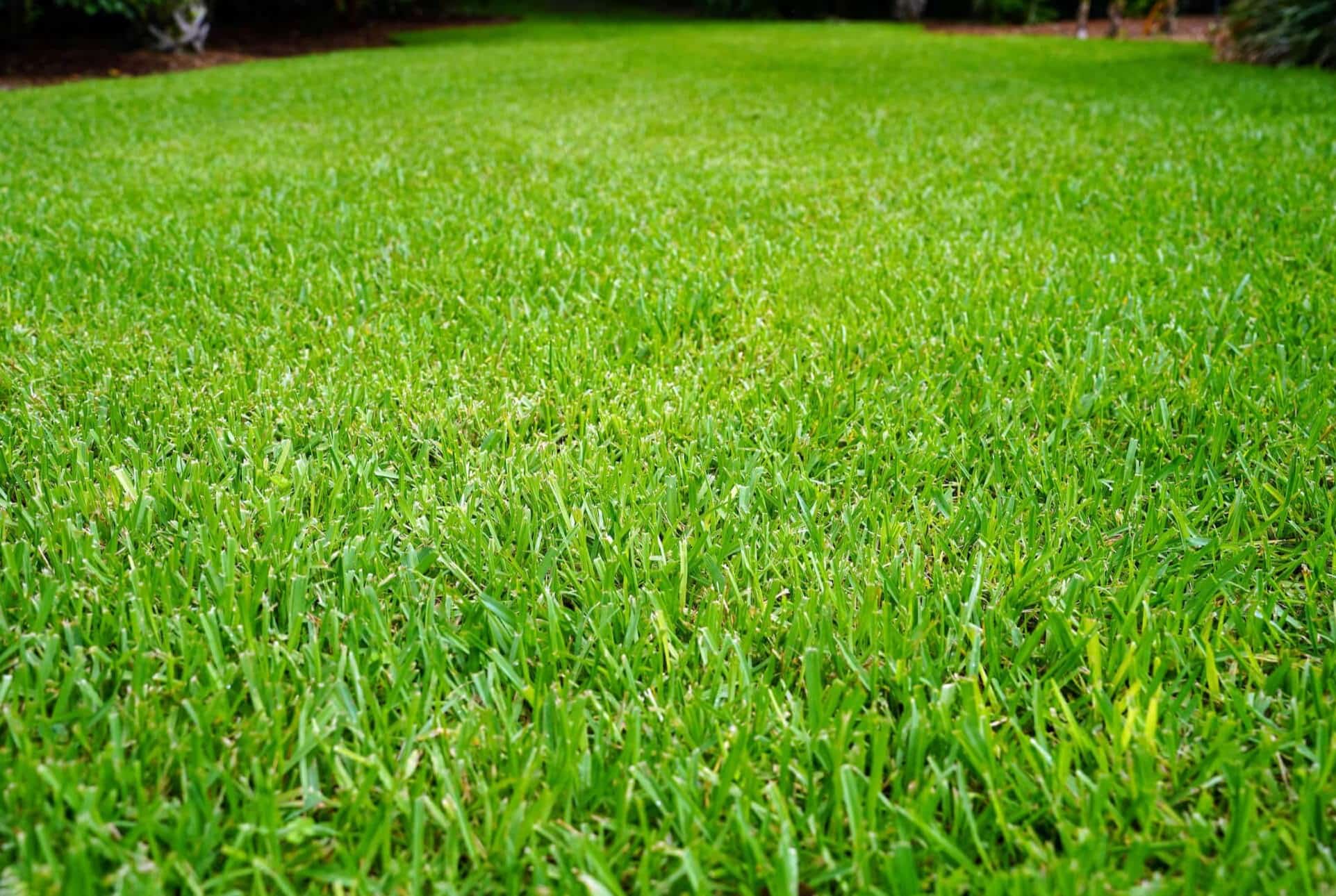
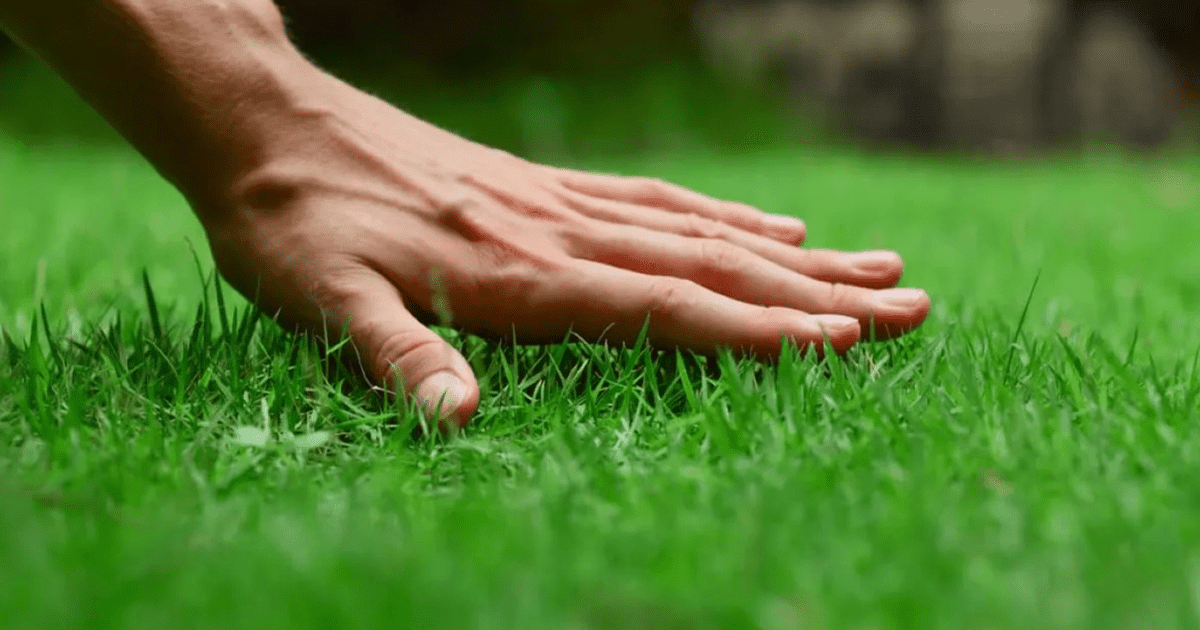
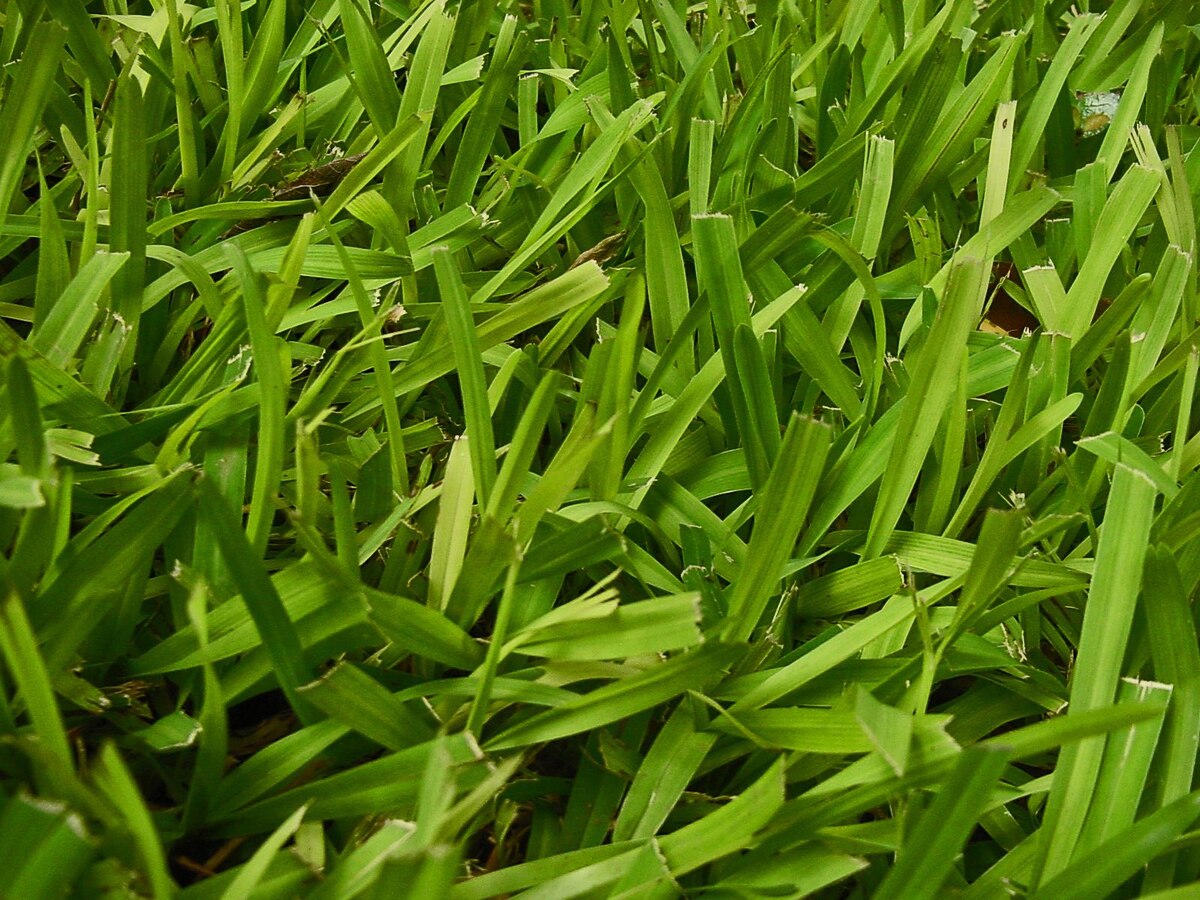
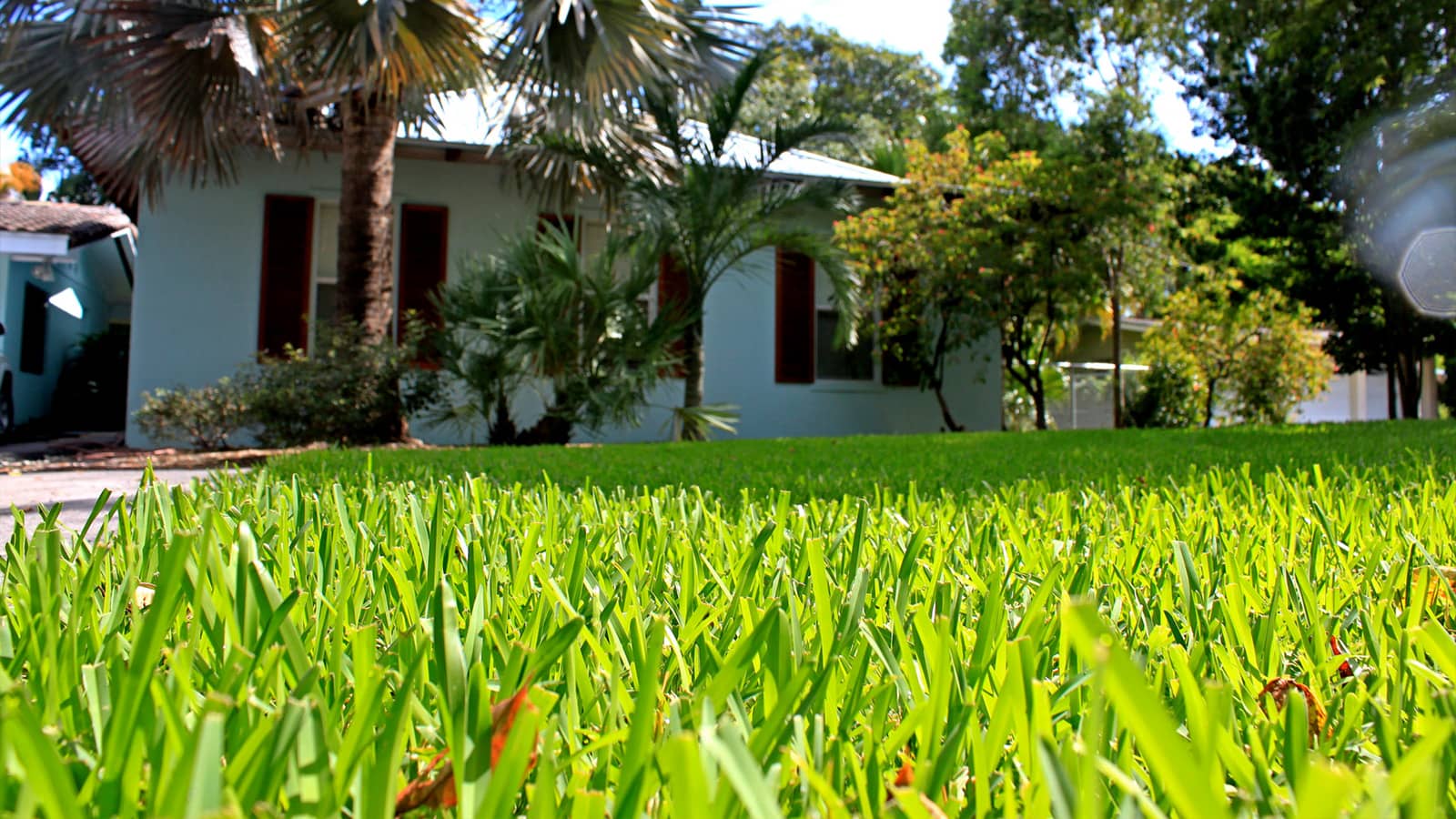
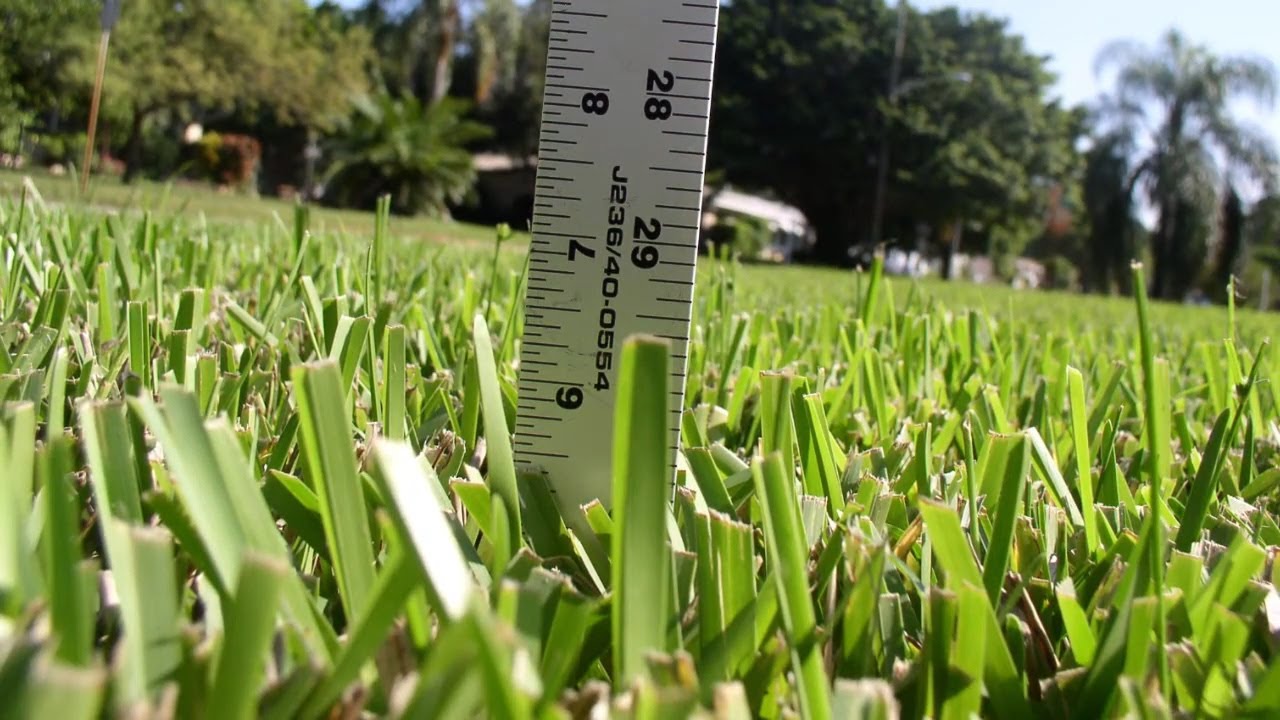

0 thoughts on “Maintaining St. Augustine Grass In Coastal Areas”